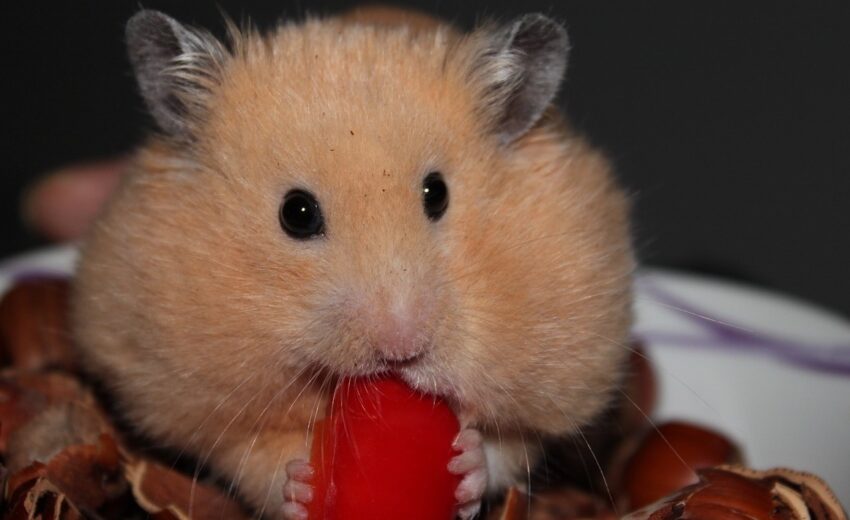There are approximately 24 known hamster species. They can be found in Asia, Europe, and Northern Africa. These rodents prefer deserts, sand dunes, open plains, and agricultural
- Zoology
- Daily Critter Facts
- For Teachers
- Study Guides
- Diseases & Parasites
- Contact

